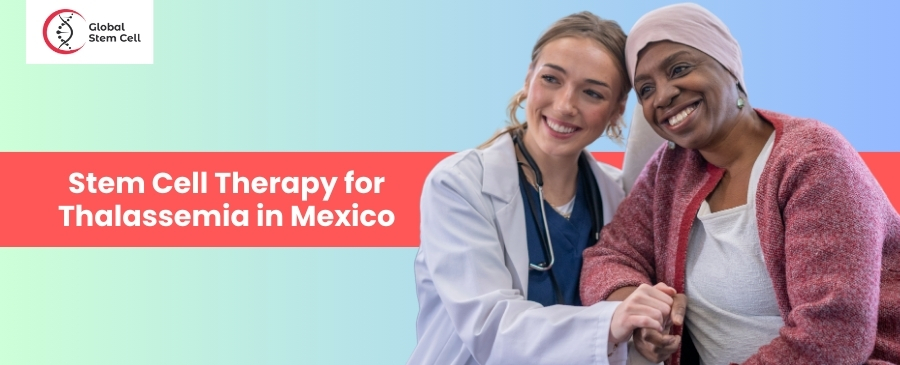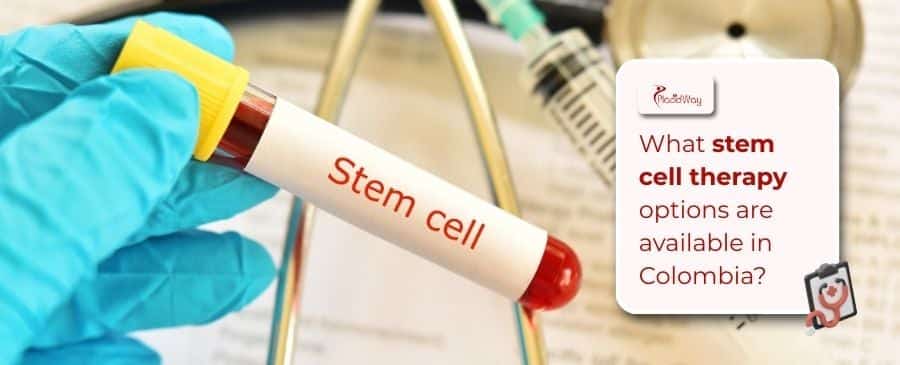
Thalassemia is a genetic blood disorder that affects the body’s ability to produce healthy red blood cells. Individuals with thalassemia produce less hemoglobin, which impacts oxygen delivery throughout the body, leading to fatigue, delayed growth, and other complications. Traditional treatments include regular blood transfusions and iron chelation therapy.
Tabel de conținut
However, terapia cu celule stem is now emerging as an effective treatment option, potentially offering a more lasting solution to those affected by thalassemia. Mexico is quickly becoming a destination for this promising therapy due to its affordability and advanced healthcare infrastructure.
Understanding Thalassemia and Stem Cell Therapy
Thalassemia occurs when the body produces an abnormal form or inadequate amount of hemoglobin, the protein in red blood cells that carries oxygen. It’s commonly inherited from parents, with two main types: alpha and beta thalassemia.
The severity of symptoms varies depending on the type and number of genes affected. Stem cell therapy for thalassemia aims to replace damaged cells with healthy ones, allowing the body to produce functional hemoglobin and reduce or even eliminate the need for blood transfusions.
Why Choose Mexico for Thalassemia Treatment?
Mexico is increasingly popular for medical treatments like stem cell therapy due to several key advantages:
- Accesibilitate: Compared to treatment costs in the U.S. or Europe, Mexico offers substantial savings, often at a fraction of the price.
- Accesibilitate: The proximity of Mexico to the U.S. and its well-established medical tourism infrastructure make it an accessible option for North American patients.
- Qualified Specialists: Mexico has highly trained medical professionals specializing in stem cell therapy for various conditions, including thalassemia.
- Facilități moderne: Many Mexican clinics are equipped with advanced technology, adhering to high international standards of care.
Types of Stem Cell Therapy for Thalassemia
Stem cell therapy for thalassemia can be broadly divided into two main types:
- Allogeneic Stem Cell Transplantation: This method uses stem cells from a donor, often a sibling with compatible genetic markers. These donor stem cells have the potential to replace the patient’s defective cells, providing a chance for a long-term solution to the disorder.
- Terapia cu celule stem autologe: In this approach, the patient’s own stem cells are used. The cells are modified in a lab to ensure they can produce healthy hemoglobin. While allogeneic transplants are more common for thalassemia, some patients may qualify for autologous therapy based on specific genetic and health factors.
Treatment Process for Thalassemia Stem Cell Therapy in Mexico
The stem cell treatment process for thalassemia involves several key steps:
- Consultare și evaluare inițială: Patients undergo a thorough evaluation to determine if they’re suitable candidates for stem cell therapy. This includes a review of medical history, blood tests, and genetic testing.
- Colecția de celule stem: Depending on the treatment plan, stem cells are collected from either the patient or a compatible donor.
- Laboratory Processing: Collected stem cells are processed and prepared for transplantation. This step ensures that the cells are viable and optimized for the treatment.
- Transplantation Procedure: The stem cells are infused into the patient’s bloodstream through an IV. Patients typically need to remain in the hospital for monitoring following the infusion.
- Urmărirea posttratament: Patients will have follow-up appointments to track recovery and assess the success of the stem cell engraftment.
Cost of Stem Cell Therapy for Thalassemia in Mexico
The cost of stem cell therapy in Mexico can be substantially lower than in many Western countries. Below is an approximate cost breakdown for stem cell therapy in Mexico compared to the U.S.:
| Locație | Gama de costuri |
|---|---|
| Mexic | $18,000 – $30,000 USD |
| Statele Unite ale Americii | $50,000 – $100,000 USD |
Note: These costs can vary based on the treatment facility, type of stem cell therapy, and individual patient requirements.
Success Rate of Stem Cell Therapy for Thalassemia
Stem cell therapy has shown promising outcomes for patients with thalassemia, especially those who undergo allogeneic transplants. Success rates depend on factors like the patient’s health, age, and the compatibility of the donor. While results vary, many patients have experienced a significant reduction in symptoms, with some no longer requiring regular blood transfusions after successful engraftment of healthy stem cells.
Benefits of Choosing Mexico for Stem Cell Therapy
Patients opting for stem cell therapy in Mexico can expect a range of benefits:
- Îngrijire personalizată: Clinics in Mexico often provide personalized treatment plans tailored to each patient’s specific health needs.
- Shorter Waiting Periods: Unlike many Western countries, Mexico often has shorter waiting times for treatments, allowing patients to begin therapy without long delays.
- Comprehensive Medical Packages: Many facilities offer all-inclusive medical tourism packages covering everything from accommodations to ground transportation, helping international patients manage their stay comfortably.
Riscuri și considerații
Though stem cell therapy presents a promising option for thalassemia treatment, it carries potential risks. Patients should consider factors such as:
- Rejection of Donor Cells: In allogeneic stem cell transplants, there is a risk of graft-versus-host disease, where the recipient’s body rejects the donor cells.
- Infection Risks: Stem cell therapy may involve immunosuppressive medications, which can make patients more susceptible to infections.
- Cost Variations: While treatment in Mexico is generally more affordable, costs can vary based on individual treatment plans and required hospital stays.
What to Expect When Traveling to Mexico for Treatment
For those considering travel to Mexico for stem cell therapy, planning ahead can enhance the experience:
- Documentation: Ensure you have all necessary medical documents, test results, and a valid passport.
- Travel Arrangements: Many clinics offer travel assistance or collaborate with medical tourism facilitators to help arrange flights, accommodations, and local transportation.
- Suport lingvistic: Many clinics have bilingual staff or offer translation services, making it easier for international patients to communicate with healthcare providers.
Choosing a Stem Cell Therapy Center in Mexico
Selecting the right clinic is essential to ensure safety and treatment success. Consider the following when choosing a Stem Cell Therapy Clinic in Mexico:
- Credentials: Verify the credentials and experience of the medical professionals at the clinic.
- Facilities: Look for clinics that are accredited and equipped with modern medical technology.
- Patient Reviews: Research feedback from previous patients to gain insight into the quality of care and treatment outcomes.
Get Reliable, Affordable Stem Cell Therapy for Thalassemia in Mexico with PlacidWay
Mexico’s advanced medical facilities, qualified specialists, and affordable costs make it a solid choice for stem cell therapy for thalassemia. If you are considering stem cell treatment for thalassemia, reach out to PlacidWay.
PlacidWay can connect you with trusted clinics and guide you through every step of your medical journey, from consultations to follow-up care. Contact PlacidWay today to learn more about affordable, quality stem cell therapy options for thalassemia in Mexico.




